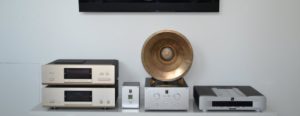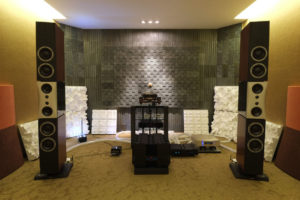Dear Schnerzinger Team,
in the meantime I listened for some evenings. What has changed?
From my point of view especially resolution and focus have increased clearly.This is not of artificial, analytical nature, but allows a better insight into the musical event. The result is that you feel the PROXIMITY to the artists, which was always so important to me, but my system could only partially deliver until the day before yesterday. I feel that also timing has improved significantly, as my feet more often spontaneously tap.
Yes, even more goose bumps.
Now you consider significantly more recordings to be nice and worth hearing. Finally I listen to music again, and not to my system.
Tonal changes are small; the system still performs neutral and homogenous, keeping this fundamental character that I desire.
Timbres are well saturated, but do not strike by oversubscription. As well grain or sharpness is not apparent to me.For the first time since many years I have no more desire to change my system. Music plays sooo well!
Thereby the cabling offers diverse possibilities to affect the sound. I got about 2 dozen connectors, which may be plugged into various places, to cause something. Furthermore each the Power Innovator and the Cleaner offer 2-step switches. I have to try everything, but as said above I see no need for the time being. Maybe later out of curiosity.It says the more sophisticated the music system, the more expensive even small improvements. Well, expensive is correct, but small? From my present point of view the change that my system has experienced is an upgrade by 2 classes, one is yet not enough. It’s essential that the difference to many other changes, that I made in the past, are all heading in the right direction without any drawbacks. Let’s cite the example of the switch from gold sockets to rhodium. Also the idea to compensate the inadequacies of one cable with those of another cable now appears to be completely off the mark... During the last months I had tried some well-known and expensive DACs. They sounded all the same. Possibly the cabling was the bottleneck?
So, now I have written a text, as if from the Schnerzinger customer review. Previously I was unsure whether you write these reviews by yourself and now...
Many greetings and warm thanks.
(Translated from the German original)
— G.W. —







